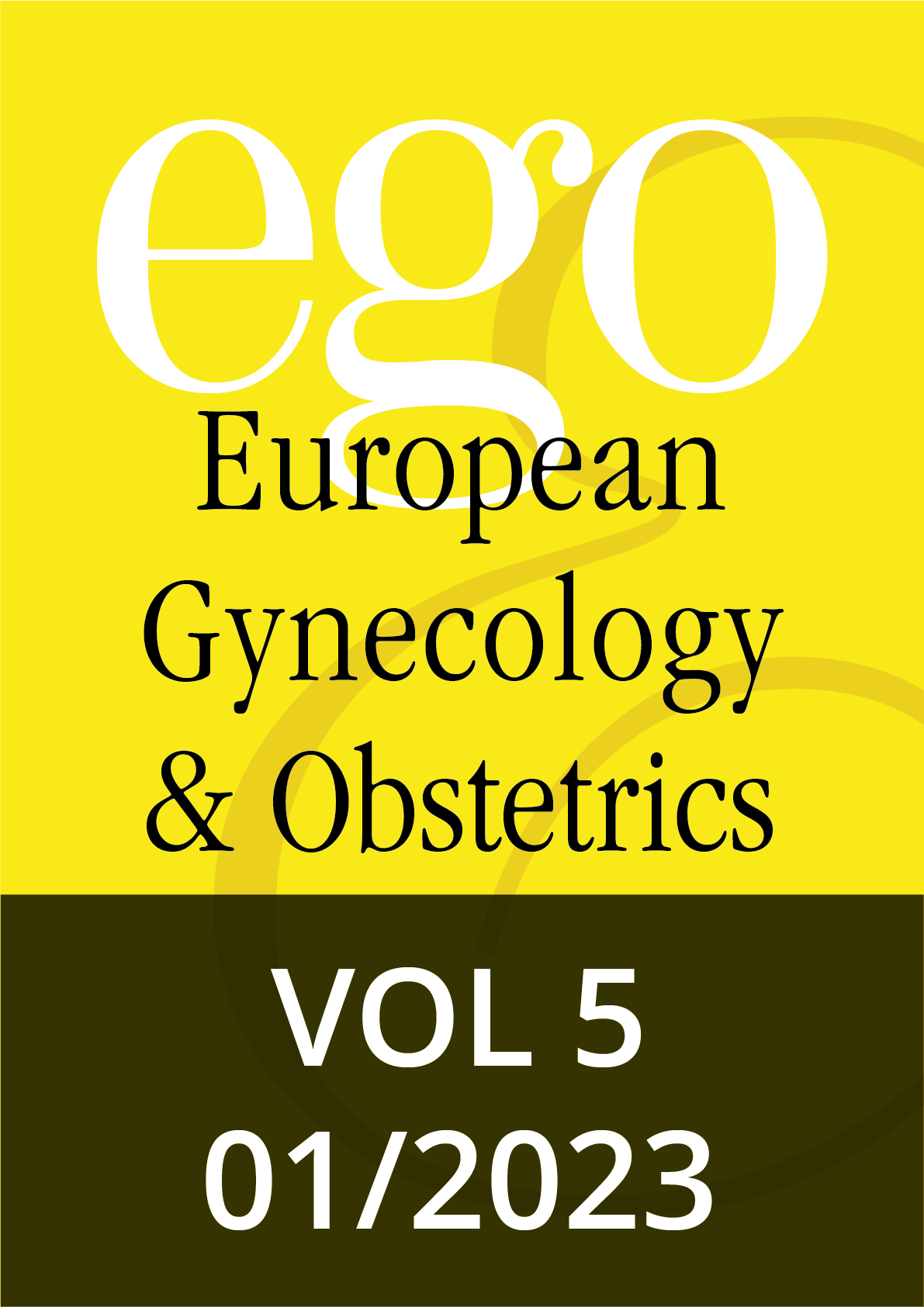In the recent years it has become apparent that the scientific community has been trying to provide evidence regarding the efficacy for the use of vaginal lasers as a treatment option in gynecology. Indeed, there has been an increase in the past 5 years of more than the double in the number of publications related to vaginal laser use; yet most studies have focused their efforts on describing the use of different kinds of vaginal laser for the management of the genitourinary syndrome of menopause (GSM), the majority of studies evaluating the use of CO2 vaginal laser. In a recent systematic review that assessed all types of vaginal laser for treating GSM [1], out of the 64 studies, only eleven evaluated the use of Erbium laser.
The scientific quality of the studies is one of the most important issues when addressing laser use for the GSM [2]. In this sense, as described in the review from Ruffolo et al. [3], most of the studies that evaluated vaginal laser use to treat urinary incontinence (UI) were single arm of low quality. However, there are some well-designed single arm vaginal erbium laser studies in the literature: for example, the study of Gaspar et al. [4] demonstrated a significant improvement of urinary problems as assessed with the International Consultation on Incontinence Questionnaire-Urinary Incontinence Short Form (ICIQ-UI SF) and the 1-hour pad test, whereas the research of Gambacciani et al. [5], showed a significant improvement of mild-moderate stress UI in 114 postmenopausal women. On the other hand, when focusing on high quality studies, we only find one randomized controlled trial. Blaganje et al. [6] carried out a randomized sham-controlled clinical trial using non-ablative Er:YAG laser therapy. Compared to sham, the authors demonstrated that erbium laser treatment significantly reduced UI symptoms and thus improved the quality of life and sexual function of parous premenopausal women.
The abovementioned results seem promising, as they are related to the use of vaginal lasers for GSM. Nonetheless, caution must be taken, since there are quite opposite points of view when one analyzes the cumulative evidence regarding vaginal laser use for GSM, especially if we compare the results of fair and low quality evidenced studies with those considered of good quality. As demonstrated in the majority of the one arm studies, the benefit of the vaginal laser is clear, but when observing randomized two arm studies, the results are controversial [7-11].
In this issue of EGO, the paper by Hreljac that focuses on the applications of Erbium laser to manage pelvic organ prolapses, illustrates the benefits of this non-surgical, non-ablative, thermal-only procedure, which generates hyperthermia on the vaginal wall followed by collagen remodeling and the synthesis of new collagen fibers, thus improving the cystocele, as well as symptoms of coexisting stress UI. Therefore, this study adds more data to the existing evidence suggesting that Erbium laser may show potential to be an alternative therapeutic strategy for pelvic prolapse and UI; however, for now its use should be restricted to research until further evidence is available, in terms of data from randomized controlled trials and international guideline recommendations.

